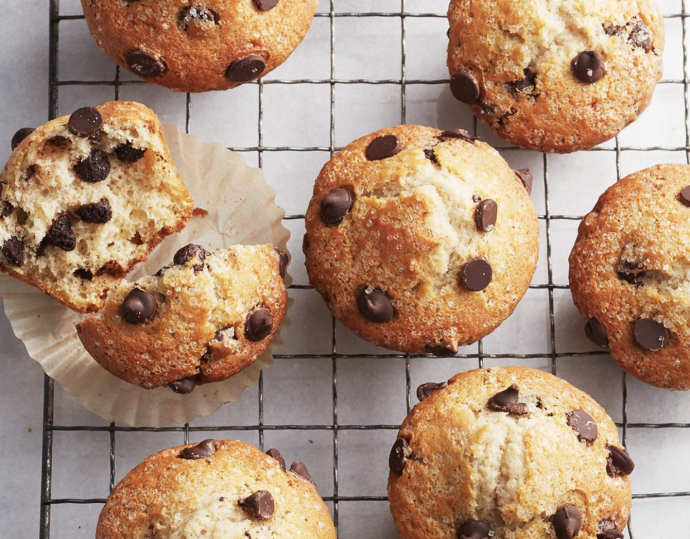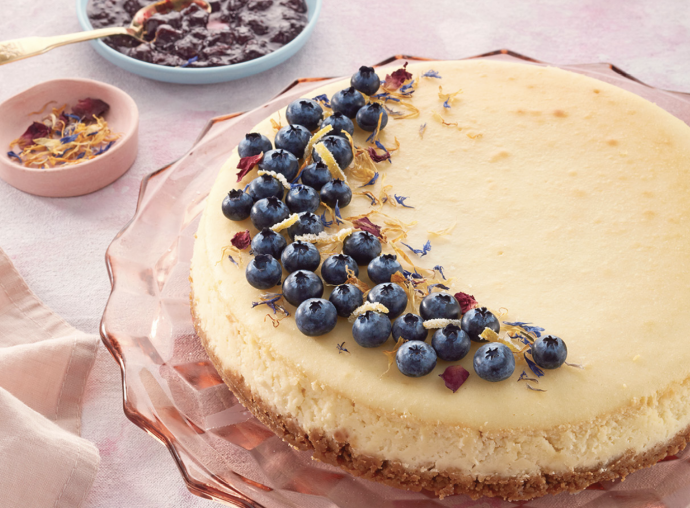8 Simple & Crucial Baking Rules

Baking frenzy is about being given a specific set of rules that may challenge us at first, but once we master them, they ensure results that turn out exactly as we expected - even when literally nothing else works.
Below are some tips - things that are rote for experienced bakers, but may not be for a novice.
1. Follow the recipe
If you'd to reduce this article to a single tip, it would be this. Everything from preheating the oven to whether or not you should grease the pan is already in the recipe. Yes, you need to grease your pan often. But sometimes you shouldn't. The same goes for whether you should use room-warm or cold butter. But instead of keeping all this knowledge in your head, along with the various exceptions to each rule and the exceptions to the exceptions, just stick to the recipe. After all, that's what it's there for.
2. Swap refined sugar for fruit
Try swapping out up to ½ of the refined sugar in your recipe with fruit. Fruits contain natural sugars that are great for sweetening baked goods while also providing fiber and nutrients like vitamin C. Our favorite fruits to use in baking are apples and bananas!
Replace the sugar in your recipe with applesauce, shredded apples (leave the skin on to retain the most nutrients), or mashed bananas in a 1:1 ratio
With this substitution, you'll need to fine-tune the amount of liquid in your recipe. Usually, reducing the liquid (milk, water, etc.) by ¼ cup is sufficient. If the recipe doesn't call for additional liquid, you don't need to change anything. This swap works best for breads, muffins and brownies. For this chocolate zucchini cake, applesauce is used as a natural sweetener!
3. Replace butter or oil with Greek yogurt
Replace some of the oil, sour cream or butter in your recipe with Greek yogurt - a healthy and protein-packed alternative! Your dessert will also get a boost of calcium and vitamin D. Choose unsweetened yogurt to use less sugar, and don't be afraid to use a Greek yogurt that contains fat. It'll give your dessert a creamier texture than non-fat yogurt. Try this creamy chocolate pudding with Greek yogurt, banana, and avocado!
4. Replace white flour with whole wheat flour
Use whole wheat flour for your next dessert to get more nutrients like fiber, B vitamins, potassium and iron. Try replacing up to half of the white flour in your recipe with whole wheat flour to get the same great taste and texture. If you opt for 100% whole wheat flour, the dessert may be denser and heavier, so it's best to start slow! Our Lemon Blueberry Cottage Cheese Muffins taste great when you swap out half of the white flour for whole wheat flour.
To make sure your whole wheat dessert is as delicious as possible, there are a few important steps to follow!
Sift the whole wheat flour before adding it to your recipe to give your dessert a more fluffy consistency. Knead your dough just enough to combine the ingredients. Since whole wheat flour contains more gluten than white flour, over-mixing can cause your baked goods to become a bit tough and sticky
5. Use nutritious eggs to bind your ingredients naturally
Eggs are rich in protein and contain many important nutrients such as vitamins A, D, B12, iron and folic acid. Not only do they add a nutritional boost to recipes, but they also serve many different culinary functions:
The protein in eggs becomes firmer and more solid when heated, adding important structural support to your dessert.
Lecithin, found in egg yolks, is a natural emulsifier that helps make doughs and other ingredients smooth.
Eggs help trap and hold air in your recipe, creating a lighter and airier dessert. Egg whites are especially good for this!
Try brushing cakes, cookies, breads and rolls with an egg mixture before baking. The protein in the egg provides a nice browning effect, and the fat in the yolk gives the finished product a glossy sheen.
6. Opt for dark chocolate
If your recipe calls for chocolate, opt for dark chocolate instead of milk chocolate for more flavor and less sugar. For the healthiest version of chocolate chip muffins, choose a dark chocolate with at least 70% cocoa content. Dark chocolate also contains more compounds called flavonoids. Flavonoids are a type of antioxidant that have been linked to health benefits. Try using dark chocolate French fries in this classic recipe for banana chocolate muffins.
7. Learn how to measure properly
If you've a scale (see tips on tools below), your baking will be a success every time. Here's a fun quarantine activity: have two people each measure 1 cup of flour with a dry measure, then weigh the other person's scoop (or just dump them out side by side). You'll be surprised how different the amounts are.
Too much flour can cause cakes or cookies to be dry and crumbly, or the pie crust to not hold together - or be too chewy. Basically, the wrong measurement of flour can undo all the other efforts you've made.
8. Test your yeast
Yeast has a shelf life of three to six months. If you just started baking like a maniac in the last few months, you want to make sure your stock of yeast is actually capable of doing its job and delivering fluffy, airy carbs ASAP.
Add a single pack of yeast (or 2 1/4 teaspoons) and 1 tsp sugar to 1/2 cup warm water. (The water should be about 115F, or very warm but not so hot that you can’t hold your fingers in it). Stir and let sit. The mixture should bubble and have a yeasty aroma in 5-10 minutes. If it doesn’t, you need a fresh batch.
To extend a yeast’s shelf life, store it in the fridge or even in the freezer. (Don’t worry—you can use it straight away when baking.)

